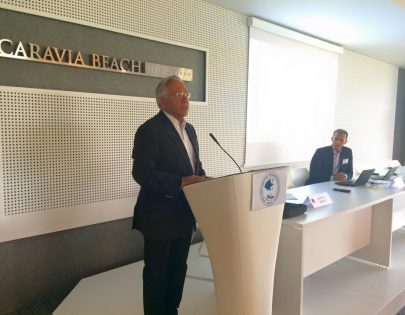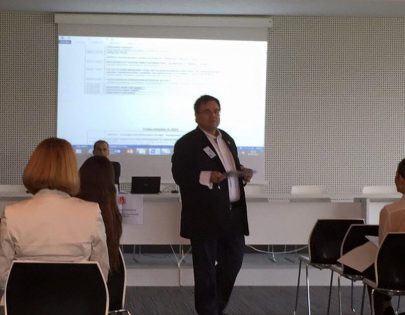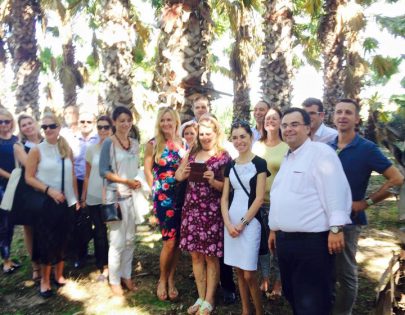
5th INTERNATIONAL CONFERENCE ON TOURISM MANAGEMENT
Over the last six decades, tourism management has experienced continued expansion and diversification, becoming one of the largest and fastest-growing economic sectors in the world. (United Nations World Tourism Organization, 2012).
More specifically, in spite of sporadic shocks, international tourist arrivals have recorded a virtually uninterrupted increase: from 277 million in 1980 to 983 million in 2011.
The United Nations World Tourism Organization (UNWTO) in its most updated long-term outlook of future tourism trends (Tourism Towards 2030) estimates that international arrivals worldwide are expected to reach nearly 1.8 billion by the year 2030 (an increase by 3.3% a year on average from 2010 to 2030).
A number of major factors can explain this dramatic increase in demand for tourism: (1) the process of globalization; (2) the development of mass transportation and motorization (and the parallel decrease in cost of transportation due to improvements in technology); (3) the rhythm of increase of world GDP as well as the increase of income to be allocated to travels; (4) the introduction of new ICT applications in the work of public and private stakeholders in the tourism sector; (5) the general improvement of security and rights for tourists.
Every and each of the abovementioned factors is significantly contributing to shaping a different institutional landscape and economic environment for a number of economic players such as Convention Bureaus, Professional Conference Organizers, Destination Management Companies, Airlines, Hotels, Conference Venues, Congress Centers, Convention Centers, Exhibition Centers. Moreover, companies in the tourism sector are confronted with increasing managerial challenges and have to deal with a turbulent and fast changing.
For program and further details please click here





